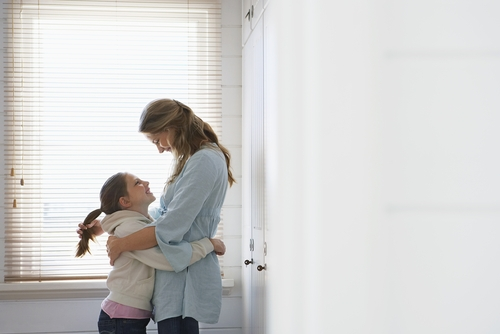
Steps to Make Your Home Asthma Friendly
Cover mattresses and pillows with dust-proof covers
Dust mites are among the most common triggers for asthma, especially indoors. Along with covering padding, wash bedding regularly, and dust regularly in bedrooms.
Be mindful of moisture
Reducing the excess moisture in your home is a good way to prevent mold and dust mites. Fans and open windows should be used when showering, and bad plumbing should be dealt with.
Monitor air quality in your area
Some days are better than others for playing in the backyard with your child or spouse. Local weather stations often monitor the Air Quality Index, so check that before you make plans. Remember that certain times of the year are generally worse for air quality, depending on the area you live in.
Reconsider indoor pets
The skin flakes, urine, and saliva of pets can all trigger asthma. Keeping pets outside can make your home much safer for those dealing with asthma.
Reconsider pesticide
Baits or traps are much safer when it comes to asthma. If you do use a spray, make air circulation a priority in your home, and even consider taking asthmatic children out of the home while the spray is being applied. Don’t leave pests alone, however, as certain bugs can influence asthma attacks. Cockroaches especially need to be dealt with, according to the Environmental Protection Agency (EPA).
Have a written asthma attack plan in the home
If your child is asthmatic, have a written asthma attack plan in an easily accessible place. This way the child and babysitters and loved ones can all have an idea of what to do if an attack strikes.

